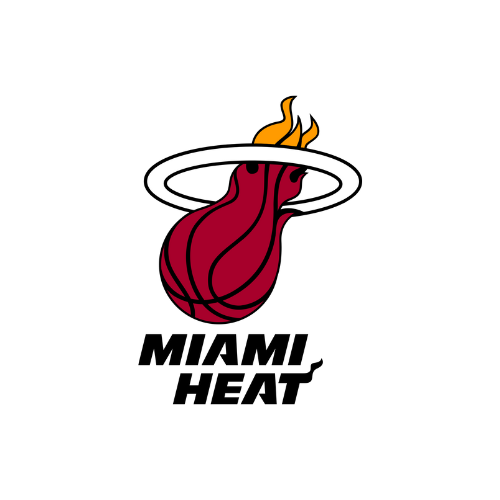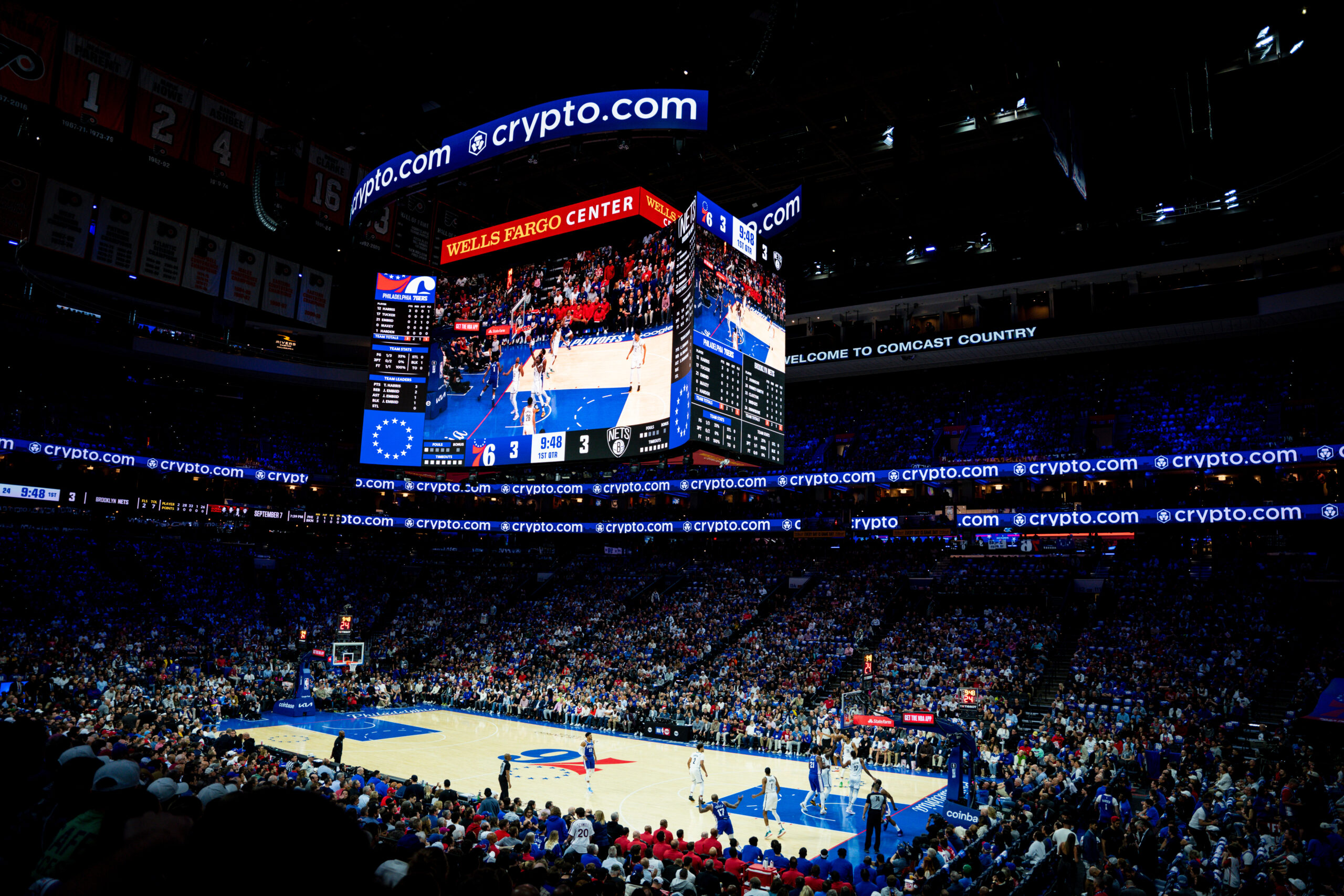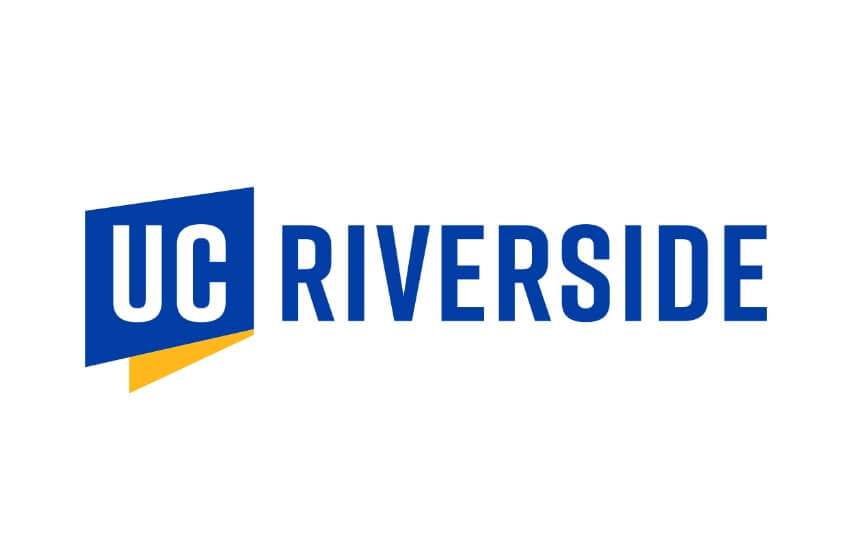How Qumulo and IMT enable Hornet to scale production, boost artist performance, and streamline cloud workflows
Crafting imaginative creative for major advertising agencies, global brands, and entertainment companies requires an unbounded imagination, the kind Hornet has brought to life for 25 years. As a full-service creative studio, Hornet transforms the seeds of an idea into ambitious, beautiful, and unexpected work. With expertise spanning live action, visual effects (VFX), stop motion, motion design, 3D, cel animation, and brand strategy, Hornet develops world-class animated and live-action content in collaboration with a diverse roster of directors to bring creative visions to life.
As demand grew and projects increasingly overlapped, Hornet needed a way to scale computing power on demand without the cost and operational burden of renting and shipping physical machines. AWS virtual desktops (VDI) offered a potential solution, but performance bottlenecks between cloud workstations and on-premises storage made workflows painfully slow. Files that loaded in seconds on-premises could take up to 30 minutes in the cloud.
“Our goal was to make the artist’s experience on a cloud machine as good—or better—than on-prem. We knew having local data access in the cloud was the key.”
— Gareth Porter, Head of Pipeline
The Challenge
For years, Hornet’s creative machine ran on a well-oiled, on-premises setup. Rendering and storage happened in-house, with a basic AWS render account acting as a supplemental resource. But there was a catch: there was no cloud storage syncing, and every file had to travel through a VPN bottleneck capped at 1.2 Gbps. What felt instantaneous in the studio, loading a file in seconds, could stretch into 30-minute waits in the cloud.
As projects grew in scope and multiple productions overlapped, the strain became impossible to ignore. Cloud workstations lagged, artists grew frustrated, and the old solution for scaling—renting and shipping physical machines—was eating up time, money, and energy. Shipping hardware back and forth was as much a logistical production as the creative work itself. The team knew that if AWS VDI was ever going to be a viable platform for production workloads, they needed a faster, leaner, and purpose-built solution for the cloud.
The Solution
That turning point came when Hornet joined forces with long-time partners AWS and Integrated Media Technologies (IMT) to chart a new course. During early discussions, IMT mentioned Qumulo’s cloud native file solution to a contact at AWS, and the idea quickly gained traction. Soon, the plan was set: move to a 100 percent cloud-based Qumulo cluster in AWS and finally give artists the speed they needed without tethering them to the studio.
“Initially, we adopted it purely for storage, expecting to handle our high-res images with Nuke VFX Composite Software,” said Gareth Porter, Head of Pipeline. “But we think it could actually go further and accelerate our workflow. If scrubbing through timelines and interacting with high-resolution footage became faster and more responsive, that would be an amazing and unexpected benefit.”
The setup is built for creative agility—Cloud Native Qumulo (CNQ) is mounted directly by virtual workstations and render nodes, eliminating the file transfer headaches of the past. Support for both SMB and NFS protocols concurrently allows Windows and Linux users to work side by side without friction, while cloud folder structures mirror Hornet’s existing project organization, so no one has to rethink how they work. Third-party tools like Maya (3D modeling and animation) and Houdini (visual effects) plug right in, and by implementing POSIX filesystem attributes through Active Directory, Hornet ensures permissions remain consistent across every platform.
The Deployment Journey
The migration was not just fast, it was smooth. In the first four days, the CNQ cluster was up and running in AWS. Two weeks later, the team had migrated and validated the data. Over the next three weeks, they tested the pipeline, fine-tuned performance, and confirmed everything worked at scale. All of it happened without a single moment of downtime as production rolled on, completely uninterrupted.
By the end of the six-week journey, Hornet’s artists could log into cloud desktops and work with the same speed and fluidity they enjoyed on-prem, only now with the ability to scale instantly for any project, anywhere in the world. What had once been a costly logistical puzzle became a seamless part of the creative process.
“The deployment was fast and seamless, the maintenance required is minimal, and the performance has exceeded our expectations—even when compared to more traditional cloud storage options.”
— Gareth Porter, Head of Pipeline
Image courtesy of Hornet.
Business Impact
- Faster Performance: Cloud file load and save times now match on-prem speeds, with latency cut from up to 30 minutes to nearly instantaneous.
- Greater Scalability: Elastically add virtual desktops and rendering power to handle more projects without hardware delays.
- Lower Costs: Hornet only has to pay for the compute and storage used, delivering reduced AWS spend compared to other, non-cloud-native, file systems requiring pre-provisioning and significantly higher costs.
“Hornet’s journey shows how cloud-native infrastructure is reshaping media production. By running Qumulo in AWS, they’ve combined better-than-on-prem performance with cloud agility, empowering their artists to create without limits. Together with AWS and IMT, we’re building the foundation for a new era of collaboration and innovation across the industry.”
— Brandon Whitelaw, VP, Field CTO & Cloud GM, Qumulo
Looking Ahead
With Qumulo, Hornet is planning to take collaboration even further by adding a software platform focused on efficient and reliable file transfer, synchronization, and distribution for faster global file access. Hornet also intends to enhance its file-sharing capabilities, making it easier for teams spread across time zones to collaborate in real time and keep creative momentum flowing from concept to final frame.





















